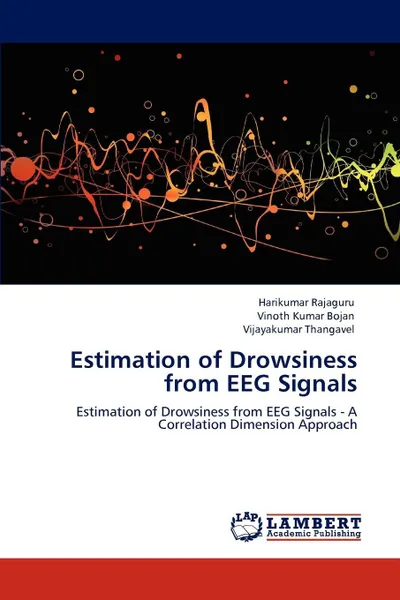Estimation of Drowsiness from EEG Signals 12+
2012
56 страниц
Категория: Научная литература
ISBN: 9783659120190
Язык: Английский
🔖 The EEG signals are highly subjective and the information about the various states may appear at random in the time scale. For example, a time series may be obtained by recording at regular time intervals the mean electrical activity of a portion of the mammalian brain. More specifically, by using a time series one can determine the possibility of constructing an attractor and thereby establishing the deterministic character of dynamic underlying system. Such methods from the non linear dynamical theory can be dragged for better perception of EEG signals. The complexity of drowsiness estimation and characterizing the EEG signals can be brought under some chaotic optimization techniques. Chapter1 introduces Chaos, Non linear dynamics and focus of the research. Chapter 2 discusses the literature survey of correlation dimension estimation. Chapter 3 and Chapter 4 enumerate the review of LAB view and Mat lab software for the book. Results are discussed in Chapter 5. Chapter 6 brings out the conclusion of this work. Future scope of this work is solemnized in chapter 7. This monograph is useful for all Engineering undergraduate, graduates students and practicing engineers.
Мнения
